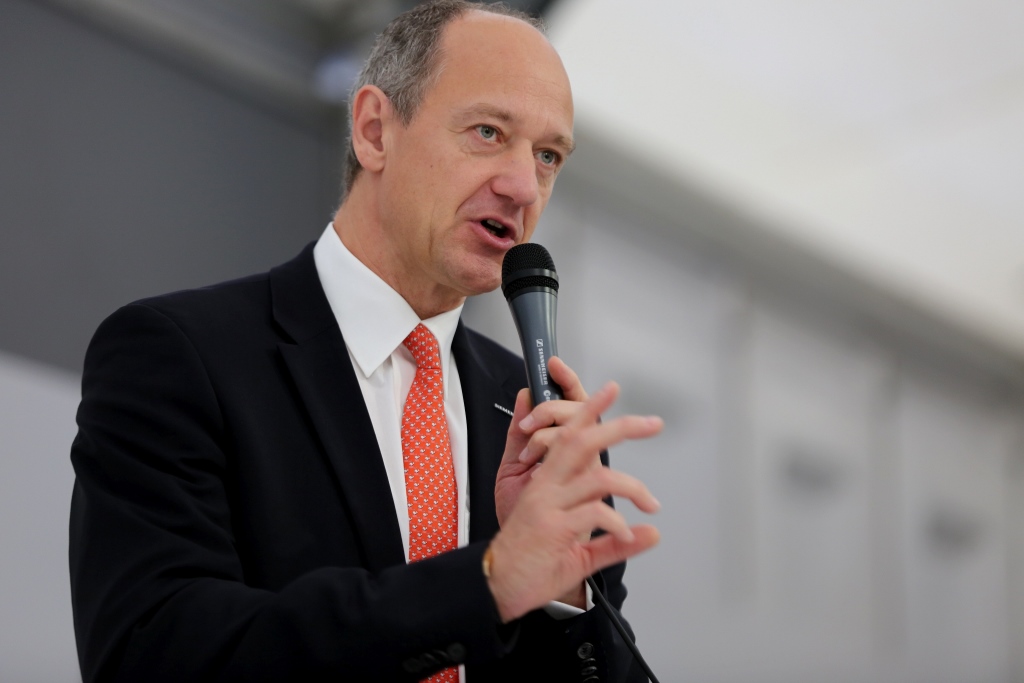How Helsinki cut food transport emissions using sustainable procurement
The City of Helsinki’s Palvelukeskus Helsinki (Helsinki Service Center) provides food for over 100,000 people every day. Schools, daycare centers and nursing homes in different parts of the city all receive food from the Service Center, which is responsible for both producing and delivering food.
The largest production plant is in Pakkala, Vantaa, which delivers approximately 15,000 kg of daily food to over 60,000 customers. The food delivery logistics encompass transportation to and from the Pakkala plant, between other production plants and the delivery of meals.
In 2018, the Service Center went out with a tender that included all of the three aspects of food delivery logistics with a contract value of over 8 million euro. The goal of the tender was to improve customer-oriented operations and their reliability, prevent gray markets, save costs and improve the environmental sustainability of the transport system.
The 2018 competition was implemented as an EU-wide, open procedure procurement. It included three different components: 1) transportation of home meals, with 1400 delivery points using 9 cars full-time; 2) transportation from the Pakkala plant, with 460 delivery points using 14 cars full-time; and 3) transportation between the other manufacturing places, with 150 delivery points using 28 full-time cars. The Service Center received bids from two different suppliers, both of which met the terms of the demanding invitations to tender.
The new contracts have led to a significant reduction in emissions from transport of the 51 daily-driven vehicles, including 22% carbon monoxide emissions, 67% nitrogen oxide emissions and a reduction of up to 92% particulate emissions compared to previous contracts and previous vehicles. At the same time, cost savings of up to 25% were achieved compared to the previous contracts.
“We feel that the competitions were so successful for example in terms of cost savings and tightening of environmental criteria that we can serve as a model for others,” said Antti Virtanen, Purchasing and Logistics Manager, Helsinki Service Center. “The procurement also reached the finals of the Municipal Association’s Public Procurement Advisory Unit in the year’s most skilful acquisition in 2018.”
Using procurement as a driver for change
The following issues were taken into account when preparing the calls for tenders, contracts and annexes.
Suppliers were evaluated for the extent they were able to meet the food law requirements in transportation, emission requirements and other criteria.
Through a very extensive investigation by the contracting entity, detailed information for route planning and general activity management was collected for each of the approximate 2000 delivery points. Sample data points included the drop-off route, office name, office address, delivery time, start times for meals, packing and quantity information.
Various pricing changes for all three entities were studied in defining the tender request and in a market survey. Based on the results the pricing structure for invitations to tender was revised.
For example, for food transport and home deliveries from the Pakkala plant, the metropolitan area had previously been divided into seven zip code areas based on different locations with different hourly pricing. In the new invitation to tender, the whole metropolitan area had one drop price.
Additionally, internal transport or food center transport had drop or hourly rates. The new tender was based on drop prices, according to destination specifications.
Due to the very critical nature of the operations, the change of contract partners was prepared not only for the induction plan and takeover plan of the supplier but also for their own induction plan and takeover plan, which managed to achieve a controlled change of all logistics operators.
The tenders made a significant contribution to emission reductions, which are also linked to the City of Helsinki’s Strategy and the Helsinki City Operational Program Carbon Neutral Helsinki 2035. In addition, competitive bidding was able to clearly improve operational reliability, continuity and the fight against the grey markets under the most demanding terms. The rate of successful supply has been 99.9% after contract award.
By conducting accurate market research, investing in definition work – which took over two years – and open-minded new practices and solutions, this procurement practice had a significant impact on the desired outcomes, with the prospect of exceeding the set goals.
Learn more about Helsinki’s sustainable procurement practices here.
This blog post was originally published on the website for the Global Lead City Network for Sustainable Procurement.






